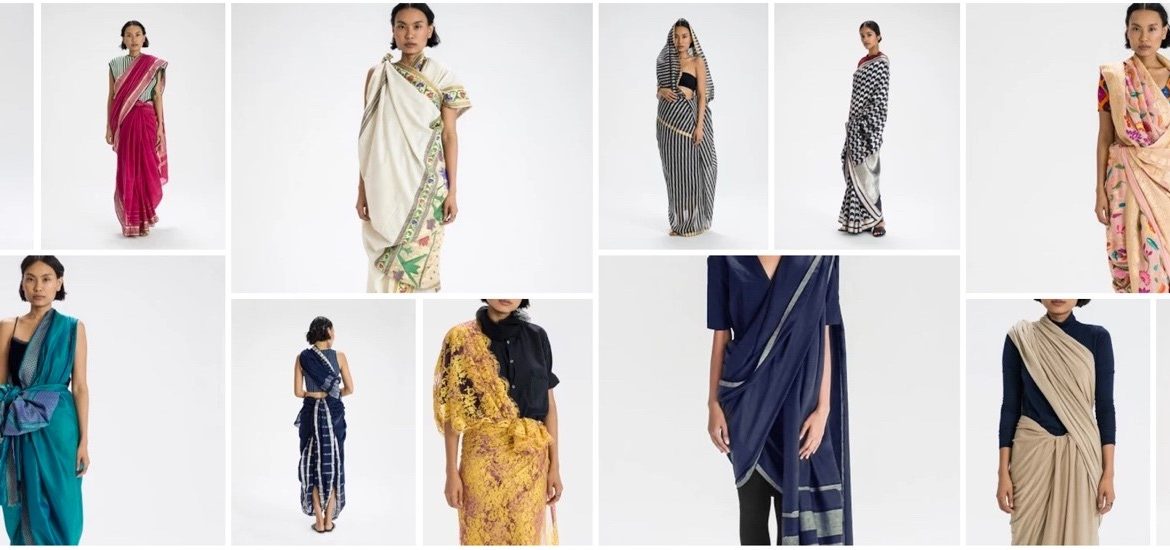I have always had a love/hate relationship with sarees. Being one of the most versatile pieces of clothing ever created by man, it never seemed like a good fit on my adolescent body while still a teenager. However, with age and maturity has come my love for sarees.
Saree has been around for centuries and its earliest evidence was found in the Indus Valley. Since then it was adopted by different regions of the Indian subcontinent who put their own personal twist to wearing it, thereby ensuring its continuance till today.
The earliest records of saree describe it in the form of cotton unstitched fabric. Later on, when Muslims invaded India, they introduced stitched clothes that included blouses worn with this rectangular drape called saree.
While there are over 80 recorded ways of wearing a saree, with the British colonisation came the rapid change of wearing the saree.
More and more women adapted their saree style to reflect their current lives- meaning a floor length saree with a blouse, petticoat and some safety pins to hold everything in place. Thus the Nivistyle of wearing the saree grew in popularity while other styles quickly lost their allure. While in the Bengal region, the Odia style of wearing a saree is still prevalent.
This is where Border&Fall comes to play. It is a digital publication working to highlight India’s craft and fashion community through articles, visual documentation and compelling interviews.
Their latest project “The Sari: A how-to drape film series” is what caught our eye. In short, it will document the ways saree is and was worn over the centuries. In order to have a conversation about the future, a documentation of the past is equally important. Hence Border&Fall has collaborated with RTA Kapur Chisti and Taanbaan to bring this project to life.
Started in 2010 by RTA Kapur Chishti, Taanbaan is a clothing label which offers an exclusive variety of organic cottons and low twist silks using hand spun yarns on the spinning wheel and woven with the finest hand skills on handloom.
Here are some of the photos from their project:
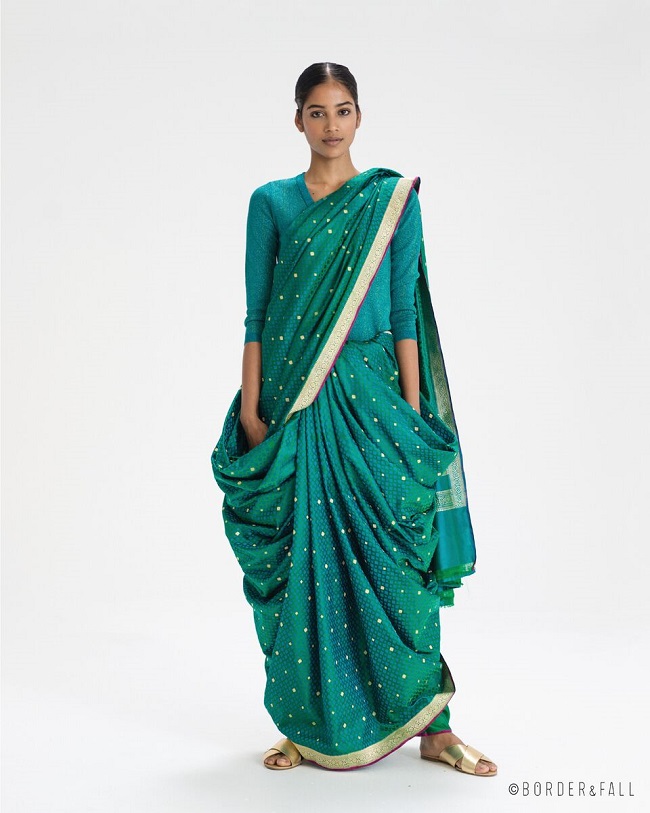
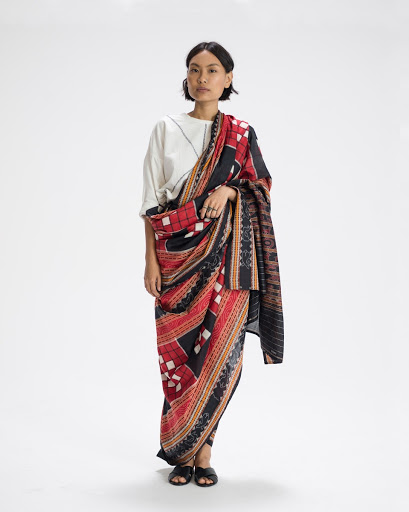
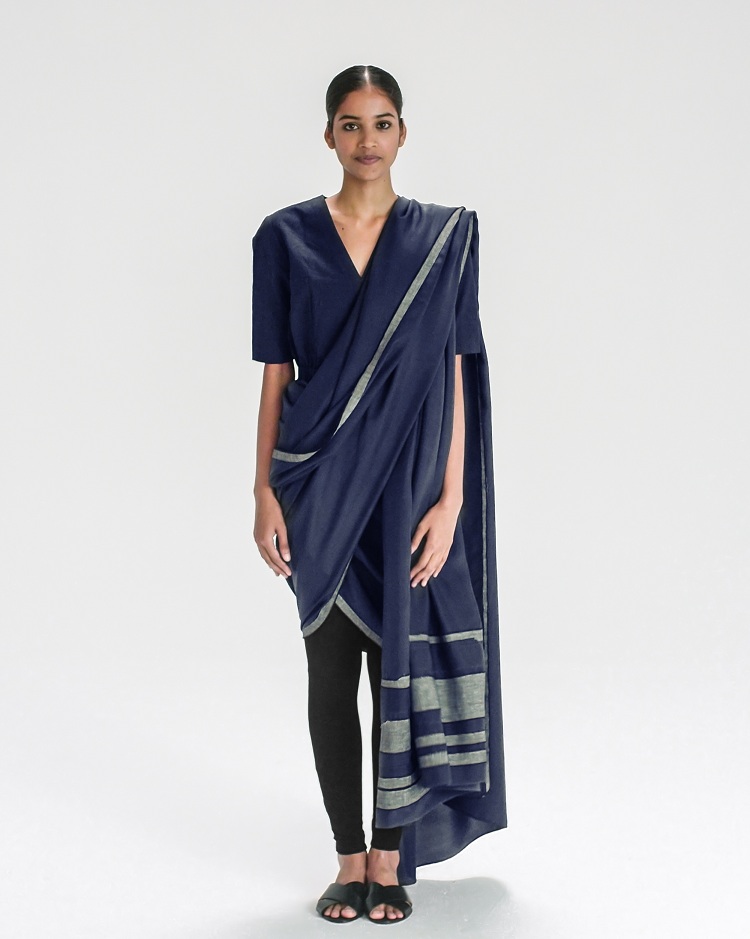
Source: Border&Fall
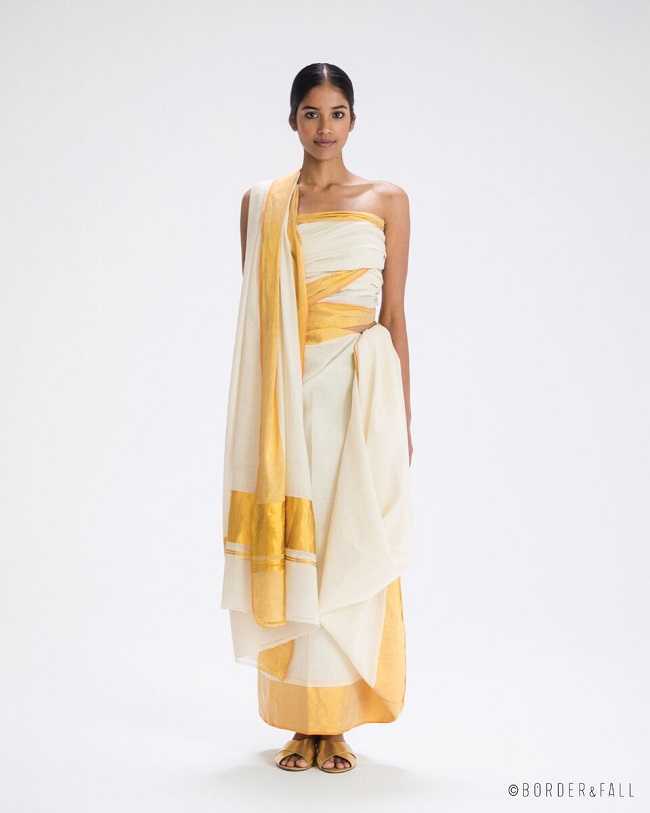
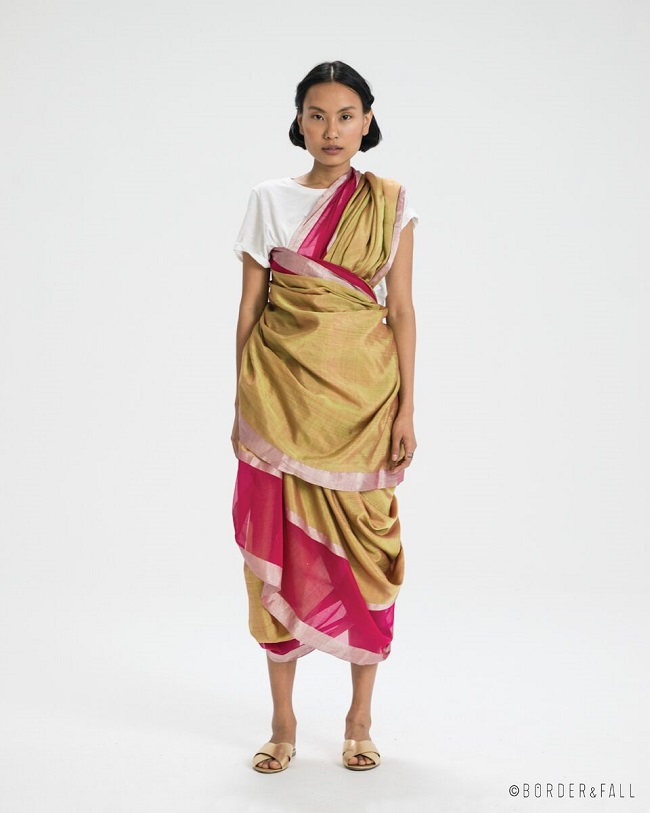
To know more about this project, you can check out their full series titled “The Sari Series: The Anthology of Drape” which is set to be released in the fall of 2017.

